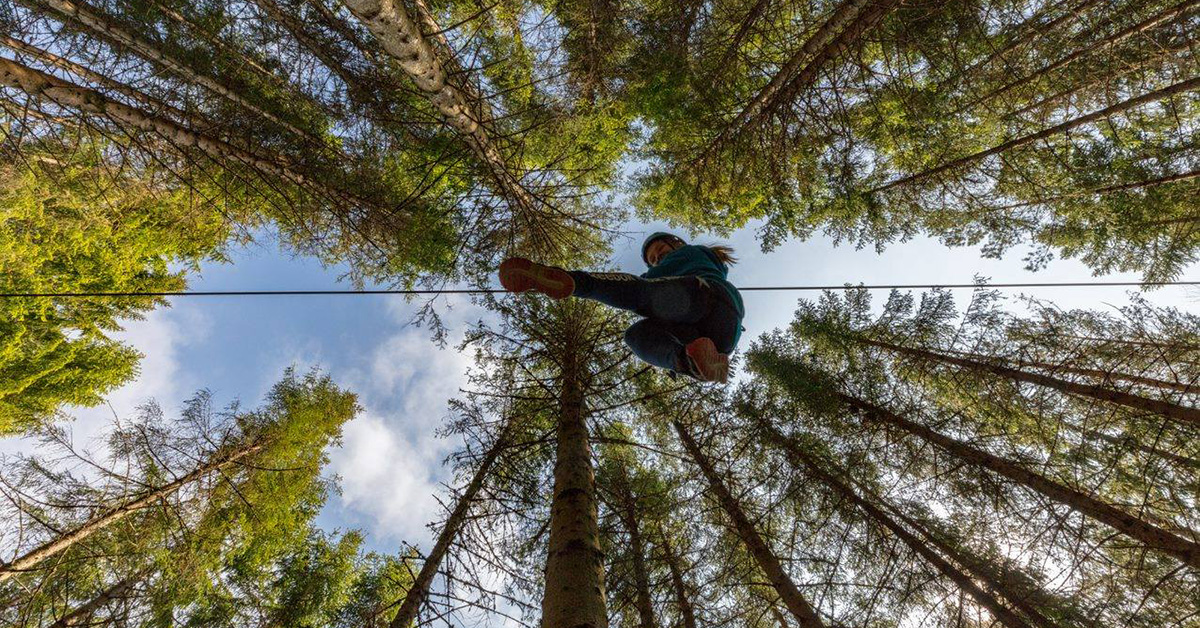
In the zipline industry, the quest for longer and faster rides has resulted in a shift from simple zipline designs to intricate engineering marvels. Zipline operators need to address a multitude of factors while designing a new zipline, from the cable’s angle and length to weather impacts and rider weight range. Maintenance requirements, weather-resistance, and part durability are also crucial considerations when selecting components for a zipline course.
Enhancing User Experience and Increasing Throughput
In the context of a multi-line zipline course, even minor changes can significantly influence the overall user experience and potential customer volume. Previously, gravity braking systems were commonly used but resulted in many riders not reaching the exit platform, causing significant delays and hampering financial viability. Modern professional zipline courses have now evolved, focusing on enhancing user experience and throughput to handle more customers efficiently.
Throughput, or the rate at which customers move through your course, is a crucial aspect of a successful zipline business. By maximizing throughput, operators can provide a better user experience, which in turn helps to attract new customers and encourage repeat business. This approach also has clear financial benefits, as it allows more efficient customer service, leading to higher customer satisfaction, reduced risk, and lower potential liability.
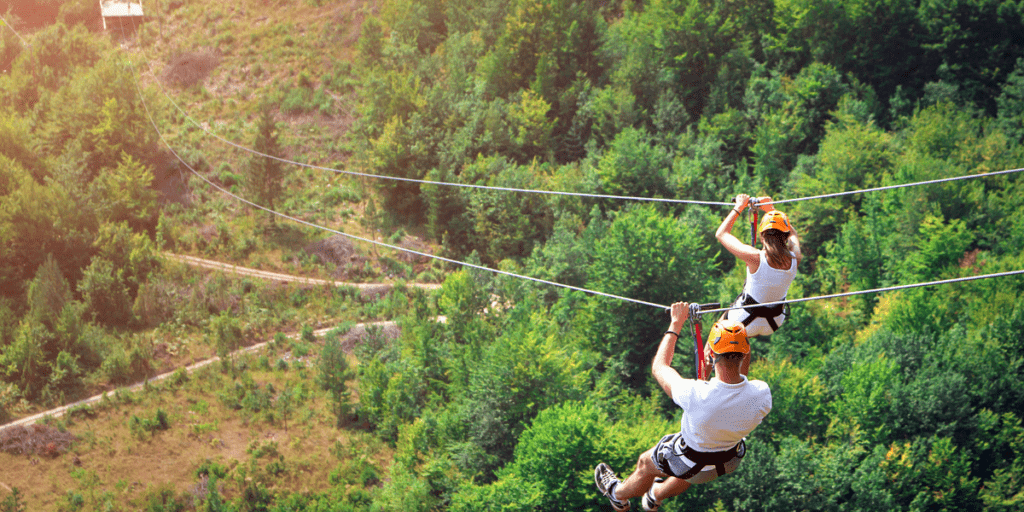
Enhancing Throughput on Zipline Courses
To enhance throughput on zipline courses, it’s essential to streamline operations and minimize downtime. Begin by optimizing the timing of departures to ensure a smooth flow of riders along the course. This requires precise scheduling and effective communication among staff. Additionally, invest in high-quality equipment, especially braking systems, to reduce the likelihood of riders getting stuck on the line, which can cause significant delays.
Training staff to handle unexpected situations swiftly and safely also plays a crucial role in maintaining high throughput. The more adept your team is at managing these situations, the less impact they will have on your overall operations. Furthermore, consider implementing automated systems, such as self-retracting lanyards, to expedite processes like preparing riders for their descent or assisting them at the landing platform.
Lastly, remember that customer experience is paramount. Therefore, while maximizing throughput, ensure that safety and enjoyment are not compromised. Balancing these aspects will lead to a successful zipline operation with high customer satisfaction and repeat business.
In the quest to enhance throughput on zipline courses, a magnetic braking trolley can be a game-changer. These innovative devices control the rider’s speed, thereby simplifying the braking process significantly. By automatically adjusting to the rider’s weight and incoming speed, these trolleys ensure a smooth and safe landing without the need for manual intervention.
This technology greatly enhances operational efficiency by minimizing the occurrence of riders getting stuck midway, a situation that typically results in significant delays. Furthermore, it reduces the burden on guides and operators to manually assist with braking, freeing them to focus on other aspects of the experience and allowing for a smoother flow of riders.
Magnetic braking trolleys also enhance consistency, providing each rider with a uniformly enjoyable and safe experience irrespective of their weight or incoming speed. This uniformity of experience is crucial for maintaining high customer satisfaction levels, encouraging repeat visits and positive word-of-mouth, which are key to maximizing throughput in the long run.
Integrating magnetic braking trolleys into your zipline course is a strategic move to optimize throughput, improve safety, and enhance the overall customer experience.
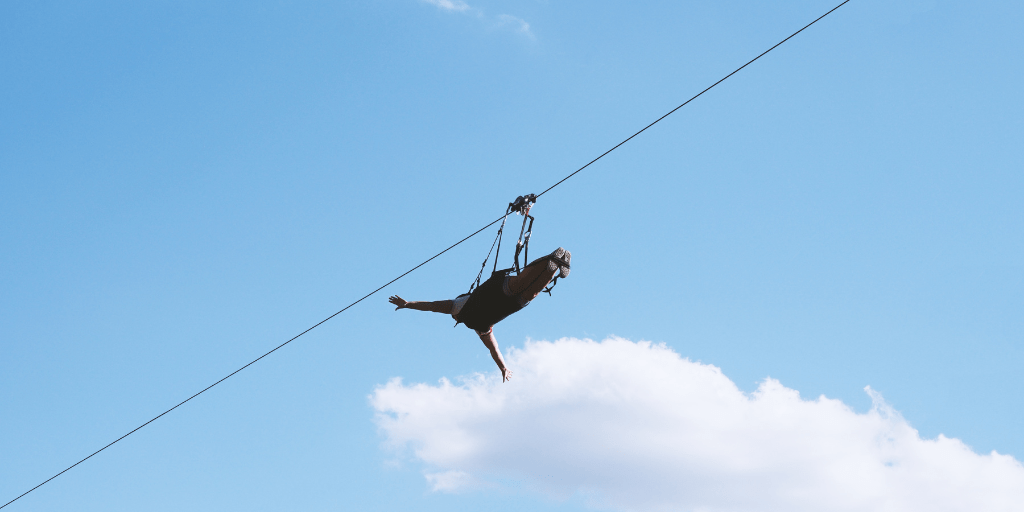
Zipline Efficiency and Profitability
Investing in magnetic braking trolleys and automatic braking systems significantly influences the efficiency and profitability of zipline operations. These systems automate a crucial aspect of the zipline experience – the braking process – reducing the need for manual intervention.
With an automatic braking system, the speed of each rider is regulated, minimizing the chances of riders getting stuck or needing help upon arrival, which can cause delays and disrupt the flow of operations. This automation not only allows for a smoother and faster progression of riders through the course but also reduces the number of staff required to manage the course, leading to lower operating costs.
Moreover, these systems enhance safety and consistency in the rider’s experience, which can significantly boost customer satisfaction. Happy customers are more likely to return, recommend your zipline course to others, and leave positive reviews, all of which can lead to increased revenue.
In essence, magnetic braking trolleys and automatic braking systems represent an upfront investment that can result in considerable operational efficiencies and cost savings in the long term, significantly enhancing the profitability of your zipline operation.
Innovative Trends in Commercial Ziplining
As the ziplining industry grows, so does the demand for unique and exciting experiences. Operators now seek to create more varied courses with different zipline lengths and arrival speeds to avoid repetitiveness and keep the experience fresh for riders. The focus is on creating a sequence of unique and exciting experiences instead of repeating the same zipline ride.
Modernizing your zipline braking system requires understanding the nuances of new technologies and practices. The goal is to provide an enhanced user experience, ensure safety, and increase your throughput. By carefully considering these factors, you can create a zipline course that stands out in today’s competitive market.
The commercial ziplining industry has seen remarkable growth and innovation in recent years, with new trends continually emerging to improve safety, enhance customer experience, and increase operational efficiency. Let’s delve into some of these innovative trends that are shaping the future of commercial ziplining.
Magnetic Braking Systems: One of the most significant advancements in ziplining technology is the integration of magnetic braking systems. These innovative devices automatically adjust to the rider’s weight and incoming speed, ensuring a smooth and safe landing without the need for manual intervention. By minimizing the occurrence of riders getting stuck or overshooting the platform, these systems greatly enhance operational efficiency and throughput.
Sequential Lines and Varied Experiences: To provide a more exciting and less repetitive experience, many modern zipline courses now feature sequential lines with varying lengths and arrival speeds. This trend towards diversified experiences keeps riders engaged and eager for more, encouraging repeat visits and positive word-of-mouth.
High-Quality Equipment and Accessories: The use of high-quality equipment and accessories, from harnesses and helmets to trolleys and connectors, is becoming standard in the industry. These products not only increase safety and durability but also enhance rider comfort and confidence, contributing to a more enjoyable zipline experience.
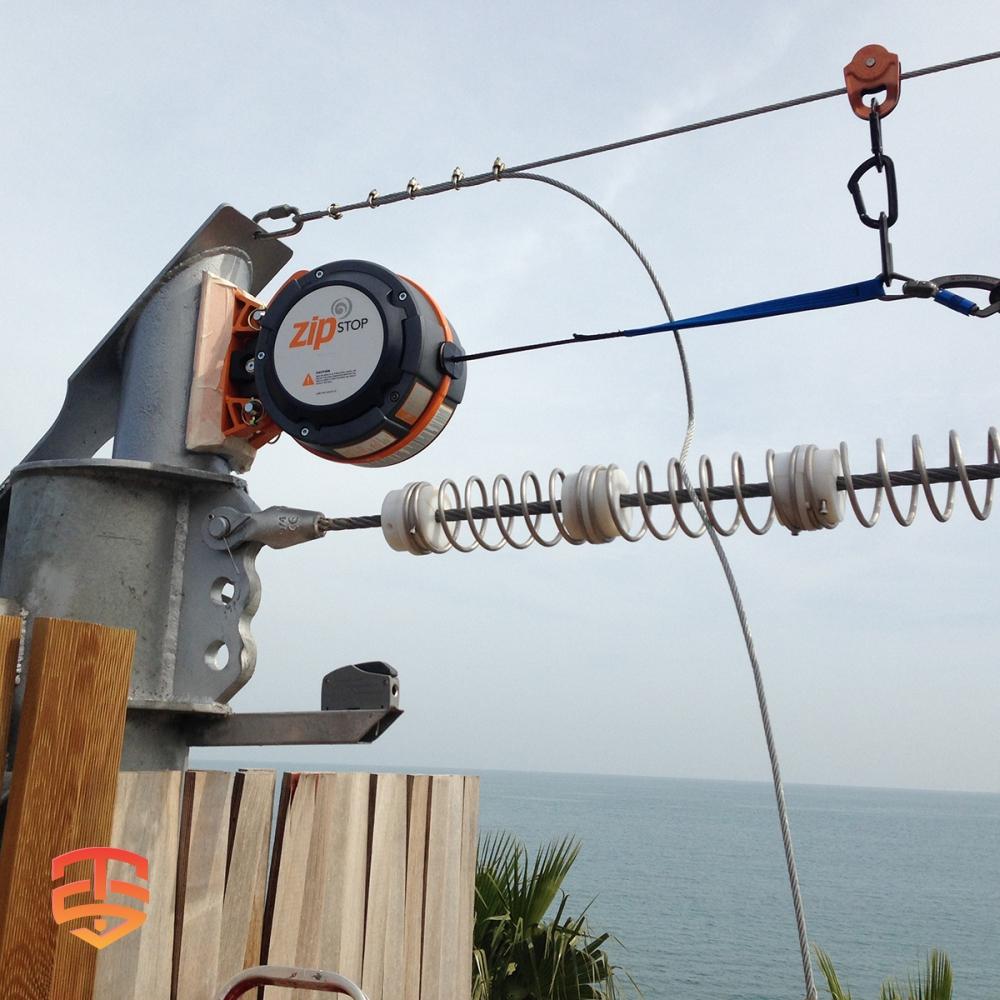
Zipline Safety Solutions
We deliver a complete professional Zipline system, from our Self-braking Magnetic Zipline Trolley to a safe Zipline Spring Brake.
We offer a full family of zip line brakes that increase throughput with a hands-free braking experience for zip line riders and operators, and a full ecosystem of zip line products to outfit the best zip line builds in the world. We use advanced technology to engineer and manufacture innovative adventure equipment for the outdoor, amusement and recreation industries.
Beyond the Basics: Unveiling Zipline Technology with Expert Analysis
Intrigued by the potential of Zipline technology? You’ve come to the right place! This article provides a solid foundation. But if you’re eager to delve deeper and gain insights from industry experts, keep reading…
- Zip Line Design: Components for a Complete System
- Considering operating and investing in a zipline?
- 9 Zipline Mistakes You Don’t Know You’re Making
- Magnetic Zipline Braking: A Revolutionary Way to Ensure Safe Rides
- Pros and Cons of Different Zip Line Brakes
- Expert Tips for Zip Line Brake Installations
- White Paper on Zipline Emergency Arrest Devices (EAD)
- The Importance of Optimizing Zip Line Design for Rider Speed
- Does your zip line need an emergency arrest device?
- The Magnetic Self-braking Zipline pulley
- Zipline Braking and landing considerations
- Why Zip Line Trolley Bearings Matter
- Whitepaper: Zipline Braking Dynamics
- Zip Line Installation: Give them the Best Ride
- How to startup a Successful Zip Line Business
-
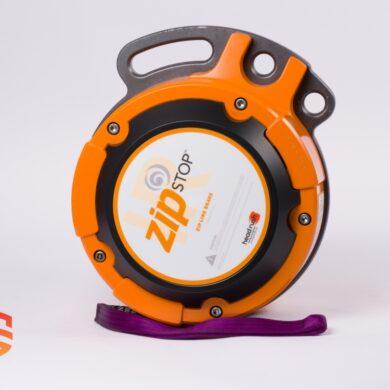 zipSTOP IR Zipline Brake | 24 – 60 kph€ 5.649,00 – € 5.799,00 Ex VAT
zipSTOP IR Zipline Brake | 24 – 60 kph€ 5.649,00 – € 5.799,00 Ex VAT -
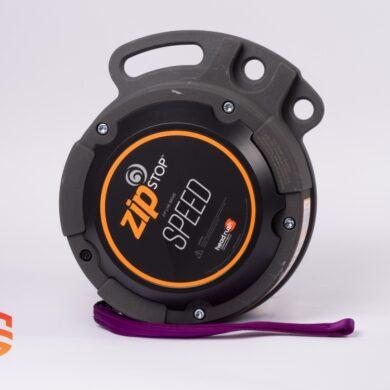 zipSTOP SPEED Zipline Brake | 50 – 72 kph€ 6.099,00 – € 6.349,00 Ex VAT
zipSTOP SPEED Zipline Brake | 50 – 72 kph€ 6.099,00 – € 6.349,00 Ex VAT -
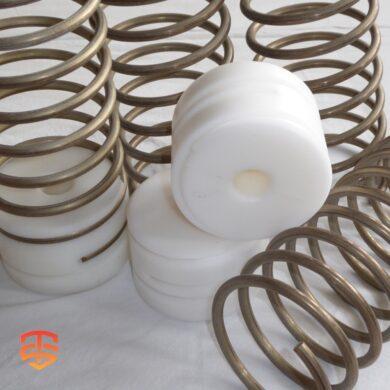 Spring Brake System | Primary & EAD zipline brake€ 80,00 Ex VAT
Spring Brake System | Primary & EAD zipline brake€ 80,00 Ex VAT







